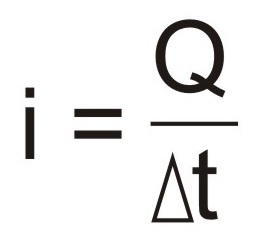Pareidolia is a psychological phenomenon common to all human beings, known as make people recognize images of human faces or animals in objects, shadows, light formations and any other random visual stimulus.
Even though pareidolia of images is more common, this phenomenon also encompasses sounds, causing a sequence of noises is interpreted as words or phrases with some meaning for the listener.
For example, in songs that are played backwards, many people claim to hear messages that are supposedly considered subliminal messages, when in fact it may be nothing more than a simple pareidolia sound.
Learn more about the meaning of subliminal message.
People who claim to see ghosts, flying saucers, monsters and other unexplained events may be "victims" of a pareidolia. Remember that the pareidolia is not a disease.
According to researchers and scholars of the human mind, a likely explanation for this phenomenon is related to the evolution of the human species.
The human being's need to live in society to survive, made him develop this facility in identifying the faces of his peers.
People who have high levels of sociopathy or other mental disorders that affect social skills have greater difficulty in identifying pareidolias, that is, they cannot easily see human faces or forms in clouds, spots, and so on objects.
An example of how pareidolia is present in people's daily lives are the popular emoticons. The drawings of emoticons they are understood by the human brain as representations of faces. These symbols used in text messaging communications over the internet and cell phones are useful to convey feelings and emotions.
The phenomenon of pareidolia is personal, it means that even if an individual is seeing a human face in a certain geometric shape, another person may not see the same image.
Pareidolia reflects an individual's beliefs, which is why religious people claim to see the face of Jesus Christ in certain places, while atheists could not identify the same image with ease.
See also the meaning of apophenia.


